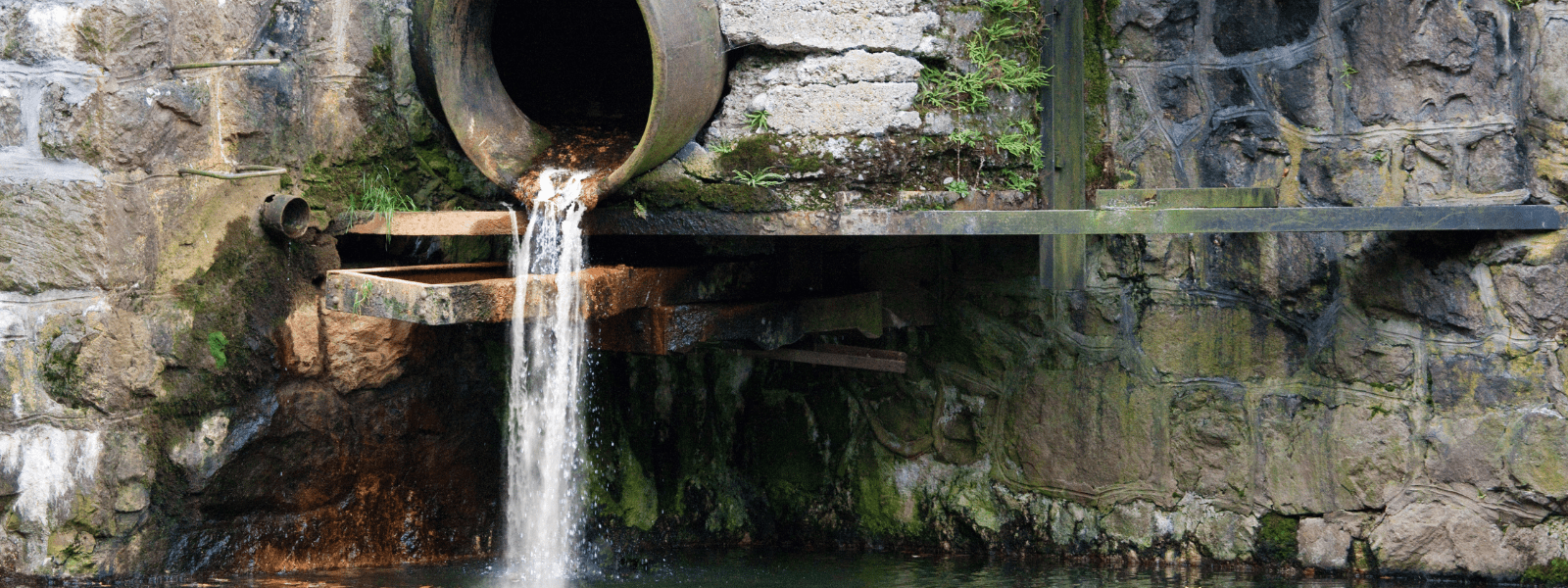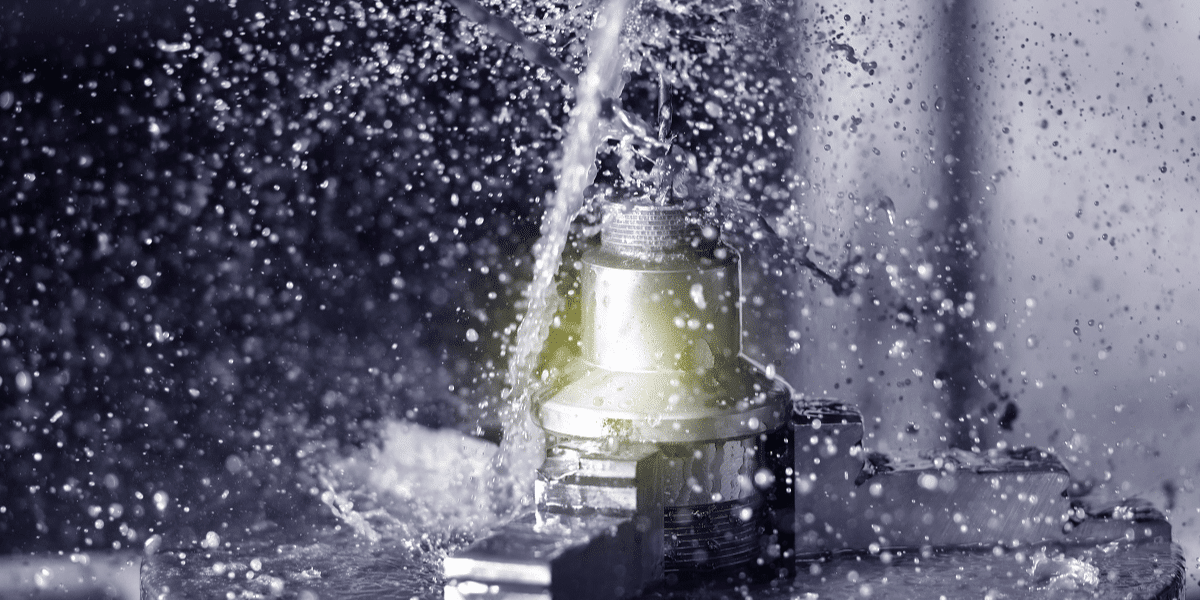Biofouling refers to the unwanted build-up of biological materials, such as bacteria, algae, or other microorganisms on surfaces submerged in water....
Blog


CHEMICAL INDUSTRY NEWS
Chemical Chat – Discover What’s New!
What Are Non-Butyl Degreasers?
What are non-butyl degreasers? Non-butyl degreasers are cleaning agents that are made without butyl ingredients or petrochemical additives....
Why Aren’t More Women in Industrial Chemical Professions?
The manufacturing industry is one of the biggest and most influential industries in the United States. Employment rates and economic value has been...
What Are Alkaline Degreasers?
What are alkaline degreasers? Curiously, pH is the measurement of the acidic or alkaline value of a substance or...
What Are Non-Butyl Degreasers?
What are non-butyl degreasers? Non-butyl degreasers are cleaning agents that are made without butyl ingredients or...
Company News

Managed Services
Discover the Latest in Safe and Sustainable Chemical Solutions
Stay informed with Ecolink’s blog! Subscribe now
Chemical Management Information
Stay updated with us
Sign Up for the Latest Updates
Stay informed about chemical supply chain disruptions and emerging innovations to keep your business at the forefront of efficiency and innovation. Uncover new ways to make your business practices more sustainable by incorporating safer products into your cleaning lineup.


























